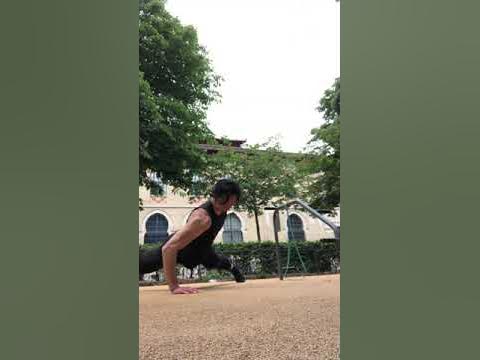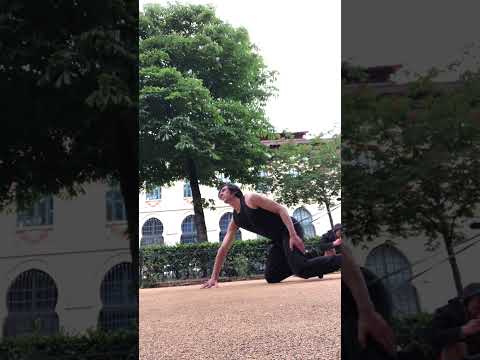Antti
Level 10 Valued Member
The big load is a different beast. In theory I agree with @pet' about improving the pieces improving the whole, but it can be hard to find the correct pieces. Like with the axial loading, for example, how exactly do you go about strengthening the torso with that without the load? How big is the carryover?
I think it may somehow be akin to glute bridges vs deadlifts. I readily confess I do not know how well they carry over to each other.
With the core work there is a great quote from Ulf Timmermann, a renowned shot putter, that I often like to paraphrase:
"Abdominal work in the DDR was taken VERY, VERY SERIOUSLY. This is one of the most special very important things. Without a strong and conditioned torso, you cannot connect power from the legs to the shoulders to the implement. This is why we threw so many throws with heavy shots, performed squats without belts, and did jump exercises under weight as told before.
But actual sit-ups? No. This is less specific to throwing than cheesecake."
I think it may somehow be akin to glute bridges vs deadlifts. I readily confess I do not know how well they carry over to each other.
With the core work there is a great quote from Ulf Timmermann, a renowned shot putter, that I often like to paraphrase:
"Abdominal work in the DDR was taken VERY, VERY SERIOUSLY. This is one of the most special very important things. Without a strong and conditioned torso, you cannot connect power from the legs to the shoulders to the implement. This is why we threw so many throws with heavy shots, performed squats without belts, and did jump exercises under weight as told before.
But actual sit-ups? No. This is less specific to throwing than cheesecake."


